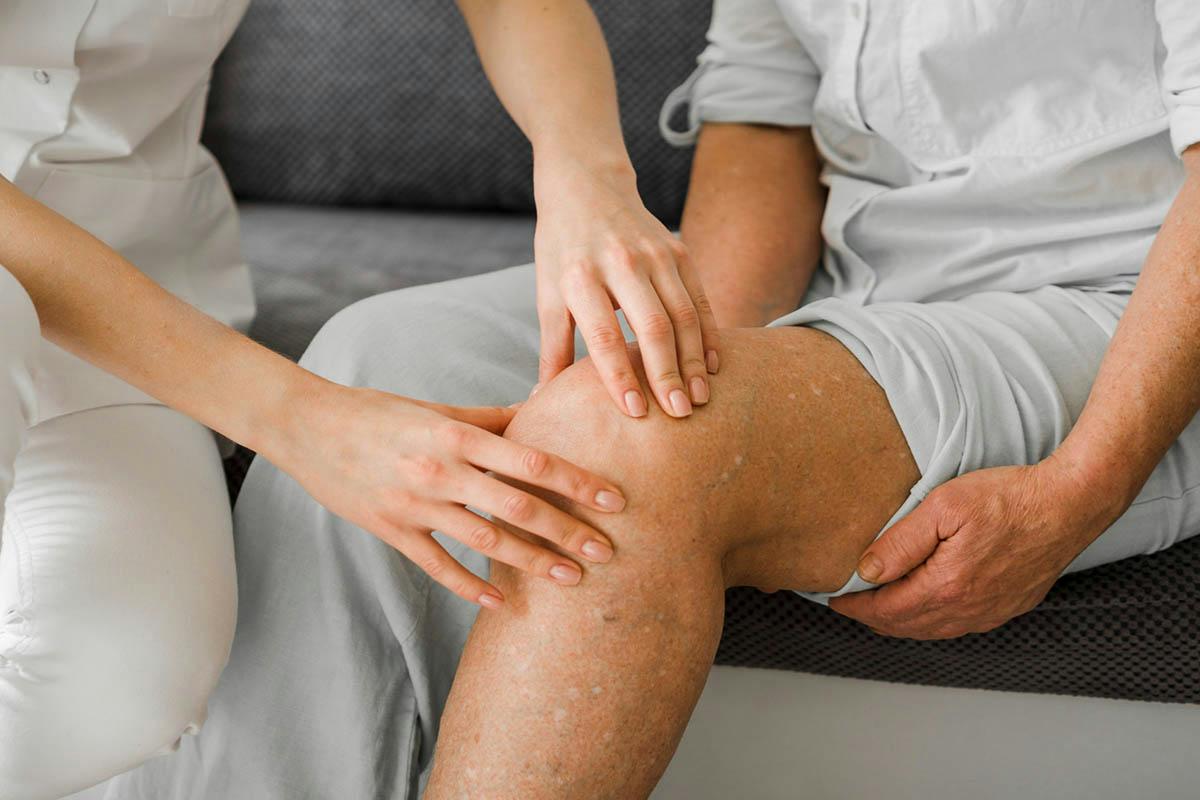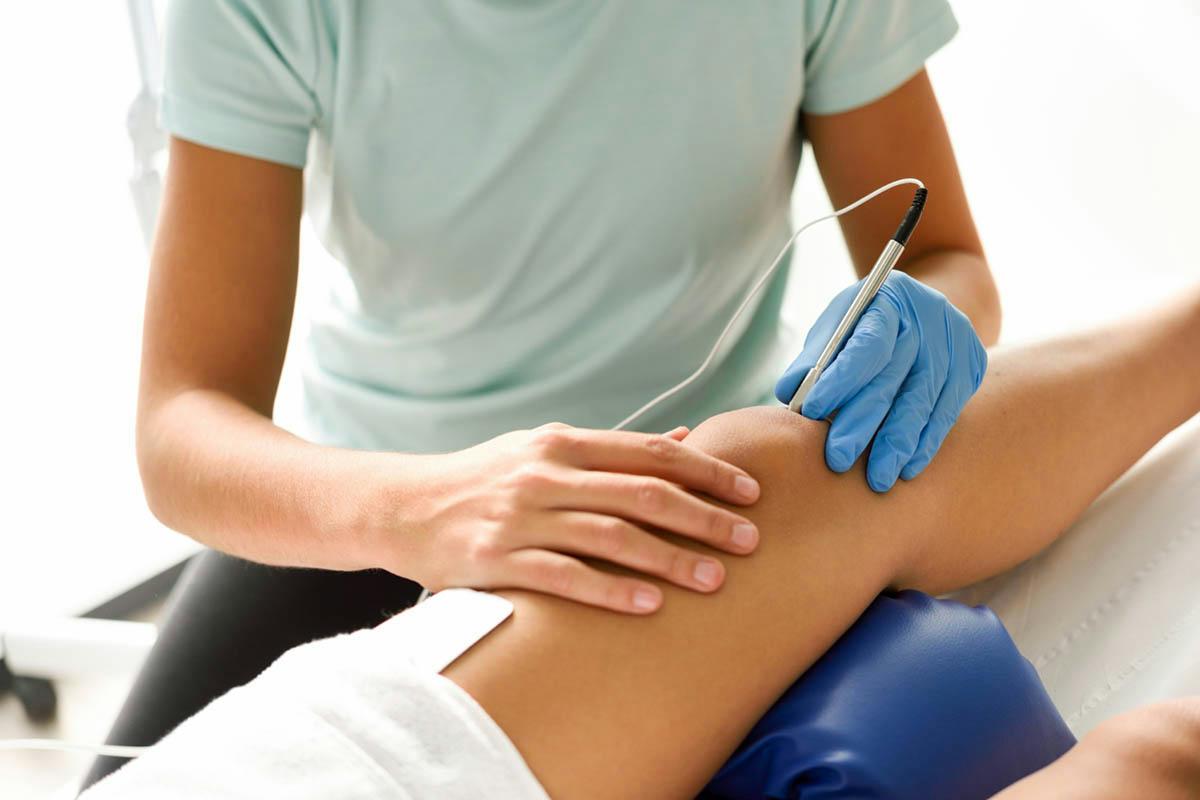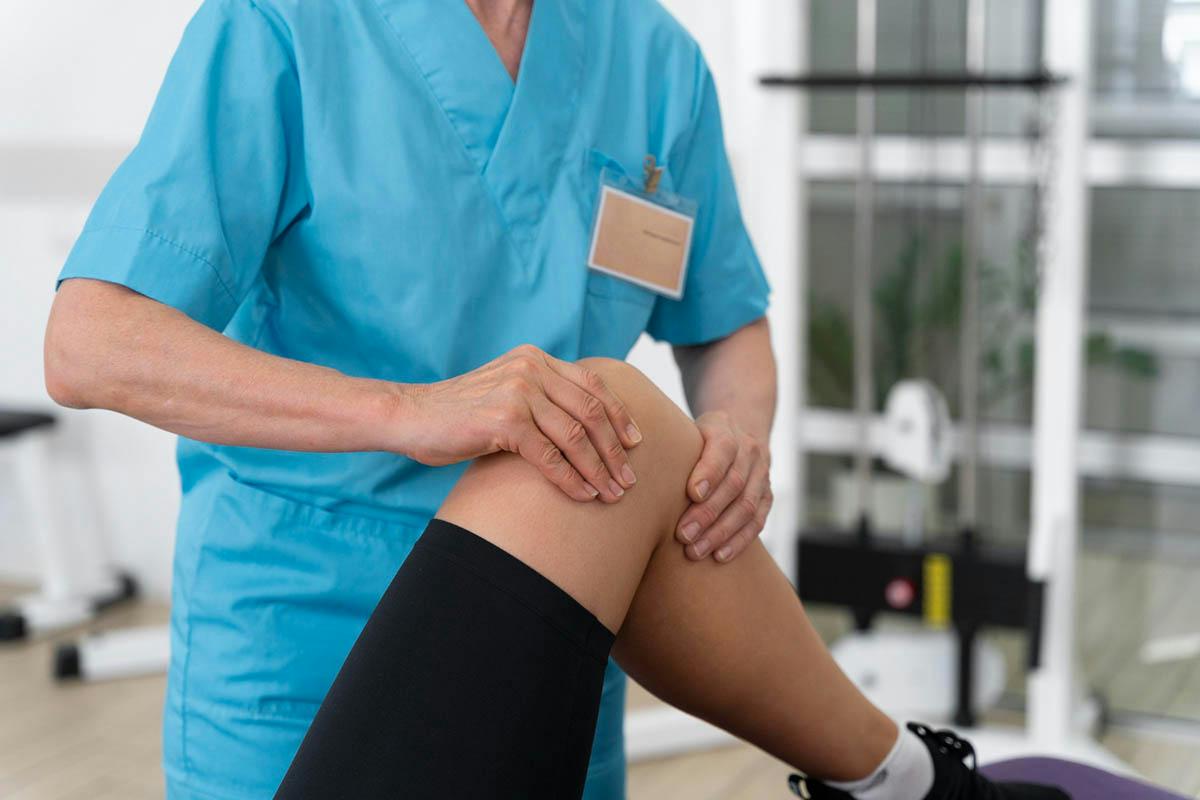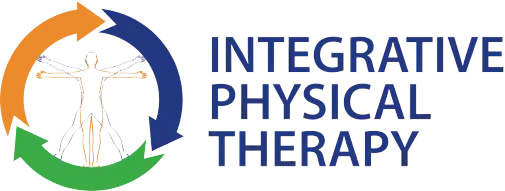
Introduction
Using dry needling for knee pain has been a game changer for athletes and other patients. It provides much-needed relief after months or years of agony.
Beyond resolving pain, this treatment option can help restore range of motion and enhance recovery from injury. Reading this article should help you understand what dry needling is and how it enhances knee pain.
What is Dry Needling
In physical therapy, dry needling refers to a therapeutic technique that relieves muscle pain. In addition, it enhances joint movement and function.
This treatment option is similar to Chinese traditional medicine. Therefore, dry needling is the Western counterpart of acupuncture without concentrating on energy (qi) flow.
Similar to acupuncture, this technique involves needle insertion. However, these needles go into defined tissue trigger points. These insertions aim to reduce pain and relieve tension.
As such, leveraging dry needling for knee pain should provide much-needed relief. Many physical therapists are specifically trained to identify trigger points in knees when delivering care.
Conditions Treated by Dry Needling

Drying needling is beneficial for multiple knee joint conditions. Below are specific problems this treatment helps resolve.
Knee Osteoarthritis
Dry needling for knee osteoarthritis is beneficial for individuals suffering from this degenerative joint condition. It can minimize discomfort and reduce muscle tension associated with this disease. In particular, it is beneficial for older patients with multiple comorbidities.
Runner’s Knee
Runner’s knee is a condition associated with pain around and close to the kneecap. As such, dry needling can enhance mobility and minimize discomfort when done correctly.
Iliotibial Band Syndrome
Dry needling for knee pain is also helpful when you suffer from Iliotibial band syndrome. In most cases, physical therapists will use it as a tool in addressing problems on the thigh and knee.
Meniscus Tears
A meniscus tear can be a very painful condition to have. However, incorporating dry needling into the treatment plan should aid healing and reduce discomfort. In particular, it can help restore range of motion during rehab.
The Significance of Trigger Points
In simple terms, trigger points refer to tight knots located in muscular tissues. When a problem occurs, these points can cause significant pain and reduce the range of motion.
In general, stress, injury, and overuse are the primary reasons trigger points develop. For points in and around the knee, dry needling for knee pain can address problems with pain and range of motion limitations.
Therefore, most modern physical therapists leverage this treatment technique when addressing knee pain and issues. Furthermore, this approach primarily fits into a comprehensive plan that seeks to address a patient’s unique joint problem.
Non-Trigger Point Dry Needling Technique
Dry needling offers benefits beyond resolving pain. When used appropriately, this treatment option ignites the natural healing mechanism of the body.
To achieve this, a physical therapist will have to stimulate non-trigger points. Doing this involves appending needles in areas free from known trigger points.
By needling non-trigger locations, the body naturally reduces inflammation and increases blood flow to the area. Consequently, this action automatically helps the body to begin its healing process.
Many practitioners use non-trigger dry needling for knee pain in conditions characterized by poor blood flow and inflammation. As such, a combination of trigger and non-trigger approaches should enhance pain management and promote healing.
For athletes suffering from knee pain, Integrative Physical Therapy offers a wide range of rehab treatment options, including dry needling. Plus, you can easily set an appointment directly from the website.
Areas Frequently Treated with Dry Needling

In general, dry needling is applicable in multiple locations on the knee. The most common places practitioners use it include the following.
- Glutes
- Quadriceps
- Calf muscles
- Hamstrings
Careful use of this approach in these areas should reduce tension, minimize muscular imbalances, and reduce knee pain. To determine the locations for treatment, a physical therapist will likely conduct a complete physical evaluation to determine all possible trigger points.
Examining the Effects of Dry Needling on Knee Pain Patients
Using dry needling for knee pain is not just anecdotal. There exist several studies that highlight its effectiveness.
The primary research published in the Advanced Biomedical Research Journal of the National Library of Medicine highlights the beneficial effects of using this treatment option. This study showed that dry needling can significantly reduce pain and enhance range of motion when done by trained professionals.
Conclusion
For many people, knee pain is a consistent problem that significantly affects the quality of their lives. However, many patients can gain relief through the appropriate use of dry needling for knee pain.
This approach allows for needle insertion to the trigger point, which provides relief and enhances the range of motion. Conditions frequently treated with this approach include knee osteoarthritis, runner’s knee, iliotibial band syndrome, and meniscus tears.
The key to the success of this treatment option lies in the use of trigger points. However, non-trigger points also play a significant role in promoting recovery and kickstarting the body’s natural healing mechanism.
In most cases, glutes, quadriceps, calf muscles, and hamstrings are areas frequently treated with dry needling. Furthermore, there are specific studies that examine the positive effects of dry needling on knee pain patients.
FAQs
What is dry needling?
In physical therapy, dry needling refers to a treatment plan where a therapist inserts thin needles into trigger points in specific muscular locations. When done right, this approach minimizes pain and enhances joint function.
Can dry needling help with knee pain?
Dry needling is an effective tool for treating knee pain. To achieve this, a therapist must identify an active trigger and non-trigger point to kickstart the body’s healing process and reduce muscular imbalances.
Are acupuncture and dry needling the same?
No. Dry needling works on the principles of Western medicine. As such, it helps release muscle tension.
However, acupuncture is related to traditional Chinese medicine. Its main aim is to restore the natural energy flow (qi) within the body.
Is dry needling free from side effects?
No. Some patients may experience bruising and soreness where needle insertion occurs. However, these side effects are always temporary.

